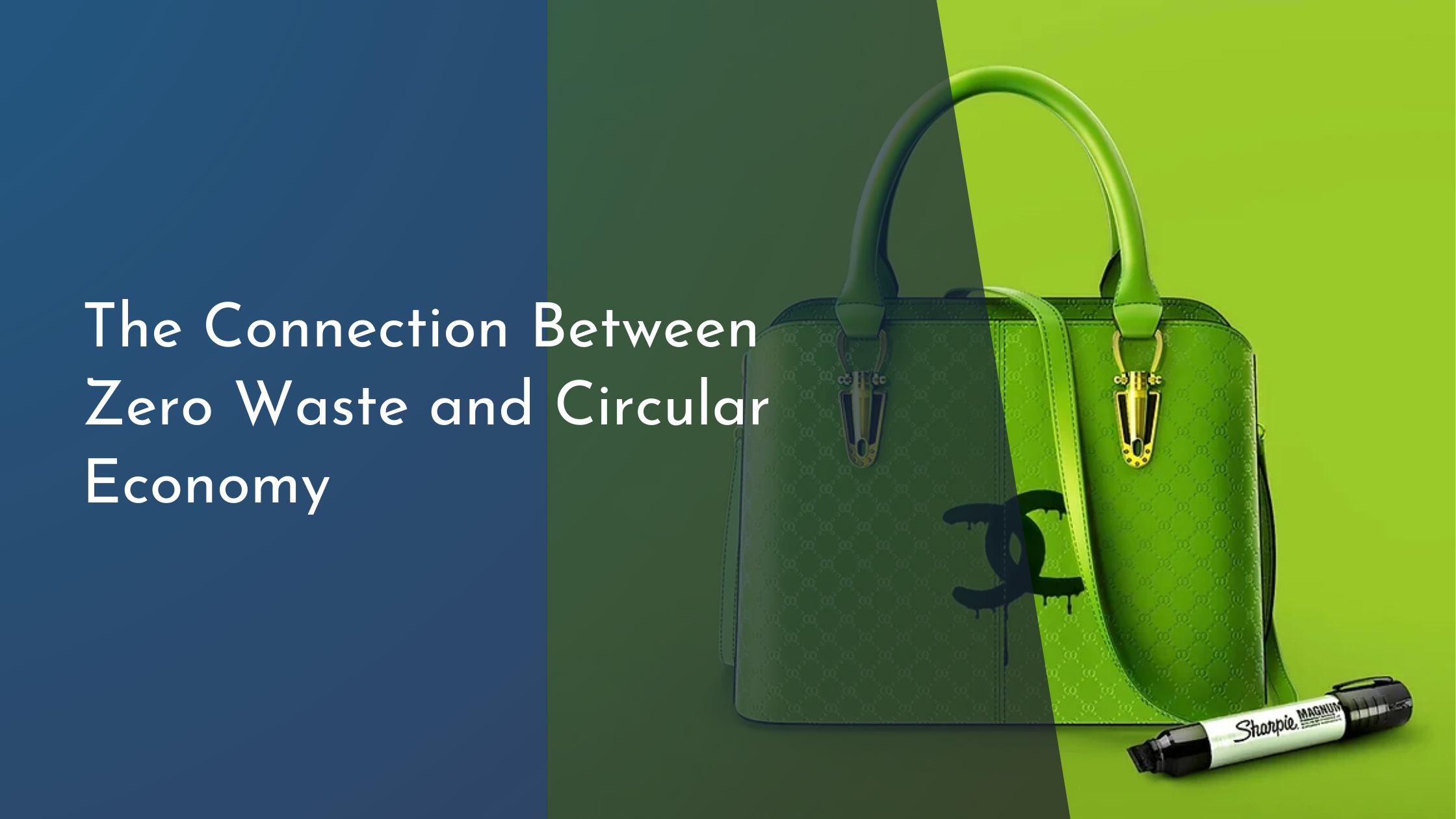The Connection Between Zero Waste and Circular Economy
In recent years, the concepts of zero waste and circular economy have gained significant attention as society looks for solutions to environmental challenges. These two ideas, while distinct, share a common goal: reducing waste and promoting sustainability. By understanding how zero waste aligns with circular economy principles, we can create a more sustainable future. This article delves into the heart of these concepts, exploring their synergies and the roles they play in fostering an eco-friendly world.
Understanding the Zero Waste Philosophy
Zero waste is more than a set of practices; it is a philosophy that encourages the redesign of resource life cycles so that all products are reused. The goal of zero waste is to ensure that no trash is sent to landfills, incinerators, or the ocean. Instead, materials are reused, reduced, or recycled back into the market. This philosophy is grounded in the idea that waste is not inevitable and can be reduced or eliminated by making thoughtful choices in consumption and production.
The zero waste philosophy calls for a shift in the way we think about our daily habits and the products we use. It encourages individuals, businesses, and governments to view waste as a design flaw rather than an inherent byproduct of consumption. By adopting zero waste principles, communities aim to conserve natural resources, minimize pollution, and promote a lifestyle that prioritizes sustainability. As more people embrace this mindset, zero waste has become a driving force in the transition to a more sustainable economy.
Circular Economy: The Basics Explained
The circular economy is an economic model that seeks to redefine growth by focusing on positive society-wide benefits. Unlike the traditional linear economy, which follows a ‘take-make-dispose’ pattern, the circular economy is regenerative by design. It aims to gradually decouple economic activity from the consumption of finite resources and design waste out of the system altogether. This is achieved by keeping products, materials, and components in use at their highest value for as long as possible.
At the heart of the circular economy are three principles: design out waste and pollution, keep products and materials in use, and regenerate natural systems. This approach fosters innovation in product design, optimizes the use of resources, and encourages new business models that prioritize access over ownership. By mimicking the natural world, where nothing is wasted and everything has a purpose, the circular economy offers a sustainable pathway for the future that benefits both the environment and the economy.
How Zero Waste Fuels Circular Practices
Zero waste principles play a crucial role in advancing circular economy practices. By emphasizing the importance of reducing waste at the source and extending the lifecycle of products, zero waste serves as a catalyst for circular innovation. For instance, zero waste encourages the design of products that are easier to repair, reuse, and recycle, which aligns perfectly with the circular economy’s goal of keeping materials in circulation.
Moreover, zero waste initiatives often involve community engagement and education, driving public awareness and support for circular practices. By fostering a culture of responsibility and sustainability, zero waste movements inspire businesses to adopt circular models, such as product-as-a-service or closed-loop manufacturing. These practices not only reduce environmental impact but also open up new economic opportunities, creating a ripple effect that extends far beyond individual actions.
Towards a Sustainable Future: A Joyful Conclusion
The harmonious relationship between zero waste and the circular economy represents a powerful alliance in the fight for a sustainable future. By embracing these concepts, we can collectively reduce our ecological footprint, conserve resources, and build resilient communities. As individuals, our choices matter, and by adopting zero waste habits, we contribute to a broader circular economy movement that promises a cleaner, greener planet.
In conclusion, the path to sustainability is a collaborative journey that requires rethinking our approach to consumption and production. By integrating zero waste philosophies with circular economy practices, we empower ourselves and future generations to live in harmony with the earth. Together, we can transform our world into a thriving ecosystem where resources are respected and preserved. Let us embrace this journey with optimism and joy, knowing that every small action contributes to a larger, more sustainable impact.


